The size, shape, and order of nanorods in solid-state microbial sensors are controlled using the forces of gravity and magnetism.
![Microbial Sensors Based on ZnO Nanorod Arrays [Video]](https://www.advancedsciencenews.com/wp-content/uploads/2018/05/adfm201706309_ASN_image.jpg)
![Microbial Sensors Based on ZnO Nanorod Arrays [Video]](https://www.advancedsciencenews.com/wp-content/uploads/2018/05/adfm201706309_ASN_image.jpg)
The size, shape, and order of nanorods in solid-state microbial sensors are controlled using the forces of gravity and magnetism.
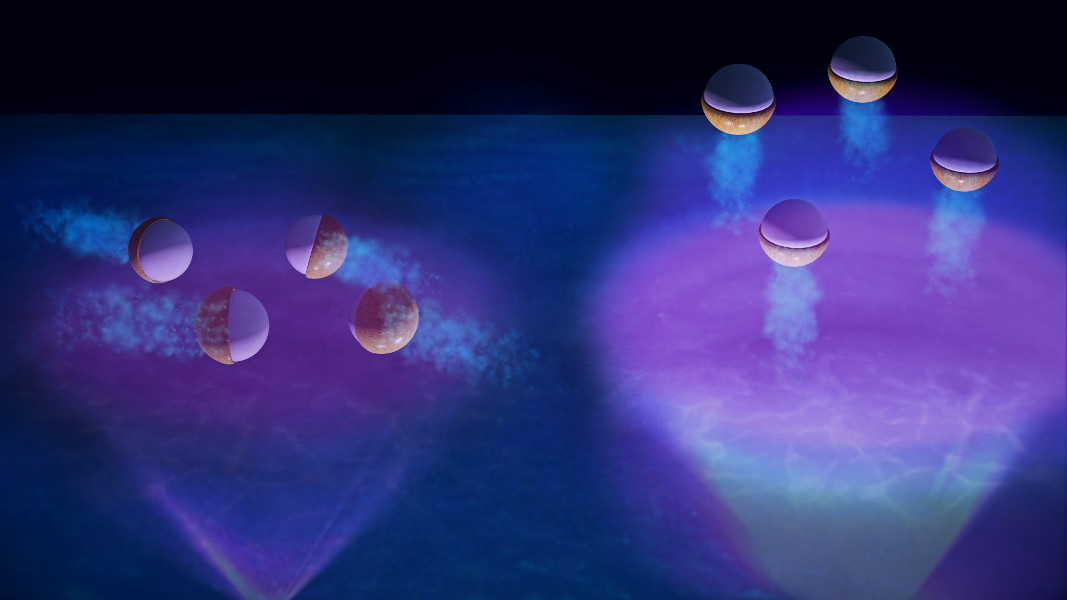
Artificial photochemically-active microswimmers, with 2D or 3D swimming behavior, can also swim against gravity.
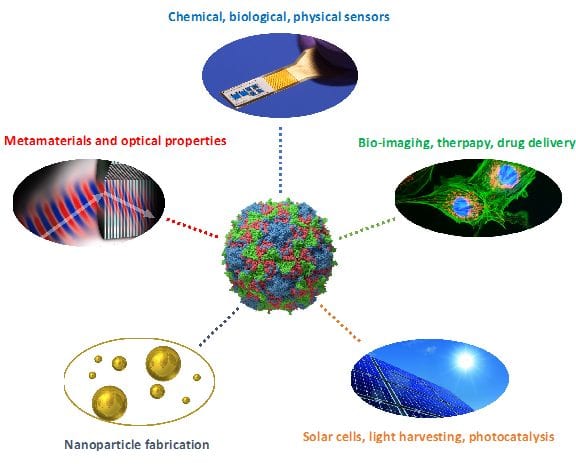
Researchers are taking advantage of 4 billion years of viral evolution to produce robust protein cages for a wide range of applications in nanotechnology.
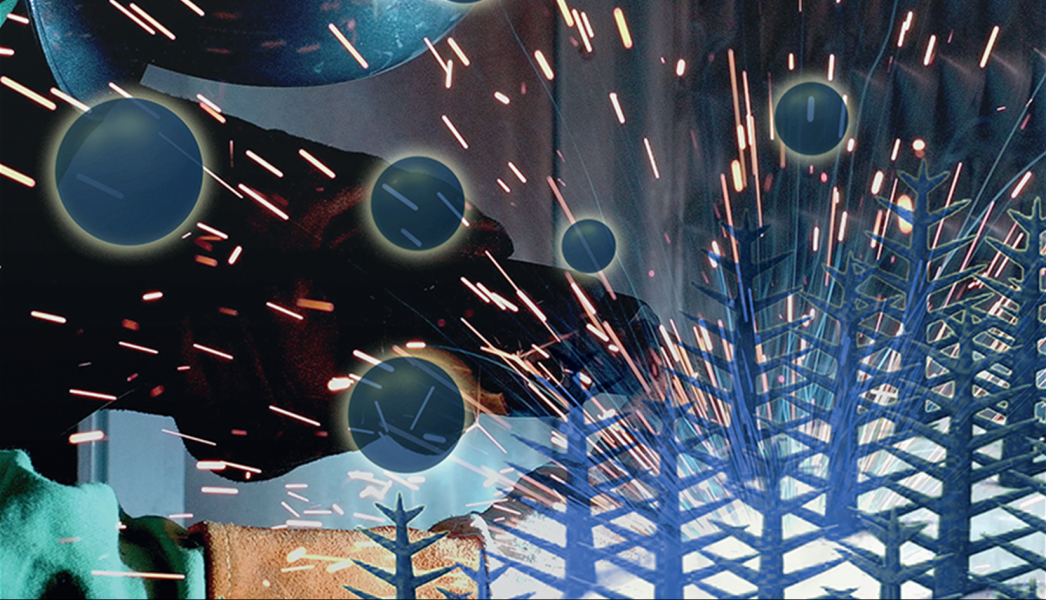
The burgeoning development and sustained production of advances in the booming field of solar-to-energy conversion have inspired a Special Issue specifically dedicated to “Artificial Photosynthesis: Mimicking Nature for Renewable Energy Production” – guest editors Wee-Jun Ong, Zhiqun Lin and Kazunari Domen.

Science fact catches up with science fiction: by exploiting magnetic levitation, biomanufacturing – creating living 3D structures – is now possible in zero gravity. Utkan Demirci discusses how this works.
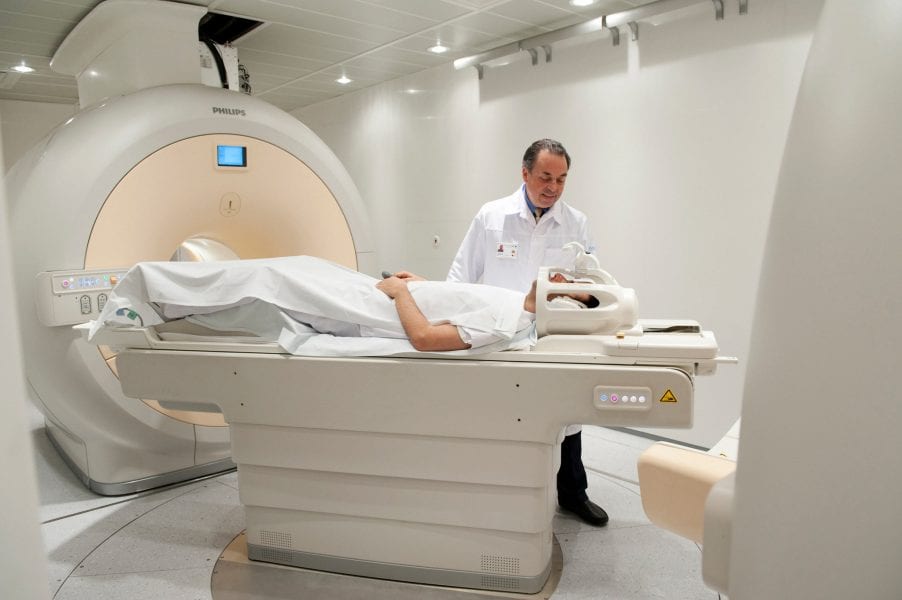
Multifunctional gadolinium-doped titania nanoparticles perform combined diagnostics and treament without compromising the advantages of their components.
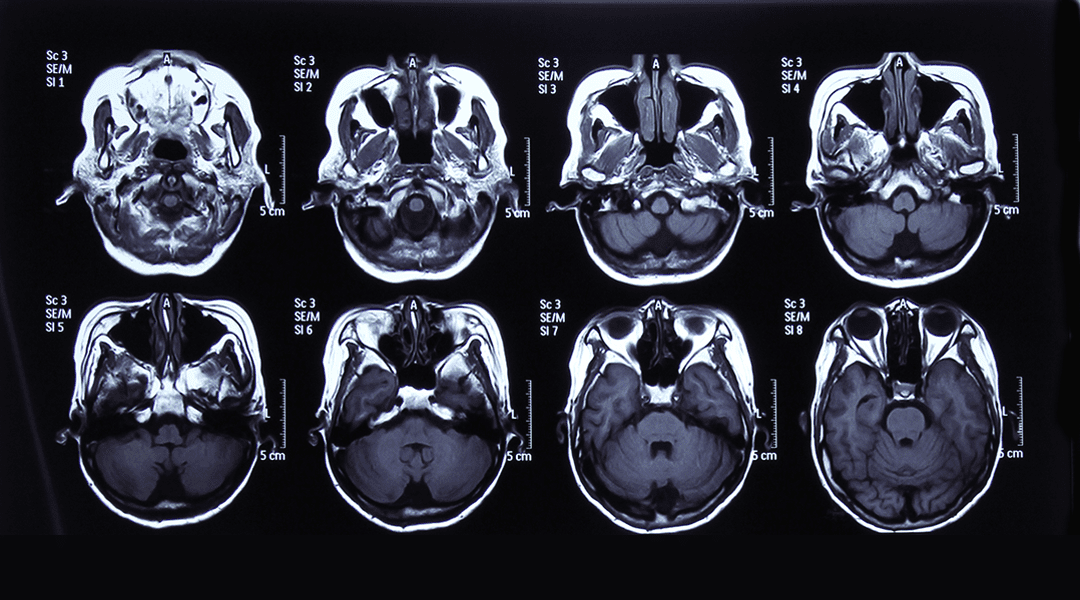
Dual-contrast MRI for real time monitoring of transplanted stem cell delivery, migration and death.

A new type of hybrid hydrogel for tissue regenerative therapy—Anisogel—is developed by Abdolrahman Omidinia-Anarkoli, Laura De Laporte, and co-workers from the Leibniz Institute for Interactive Materials in Aachen, Germany. This low-invasive hydrogel is promising for healing body tissues that consist of an aligned architecture, such as the heart, kidney, muscles, and nerves.

This years’ EUROMAT2017 conference took place in Thessaloniki, Greece, 17-22 September.
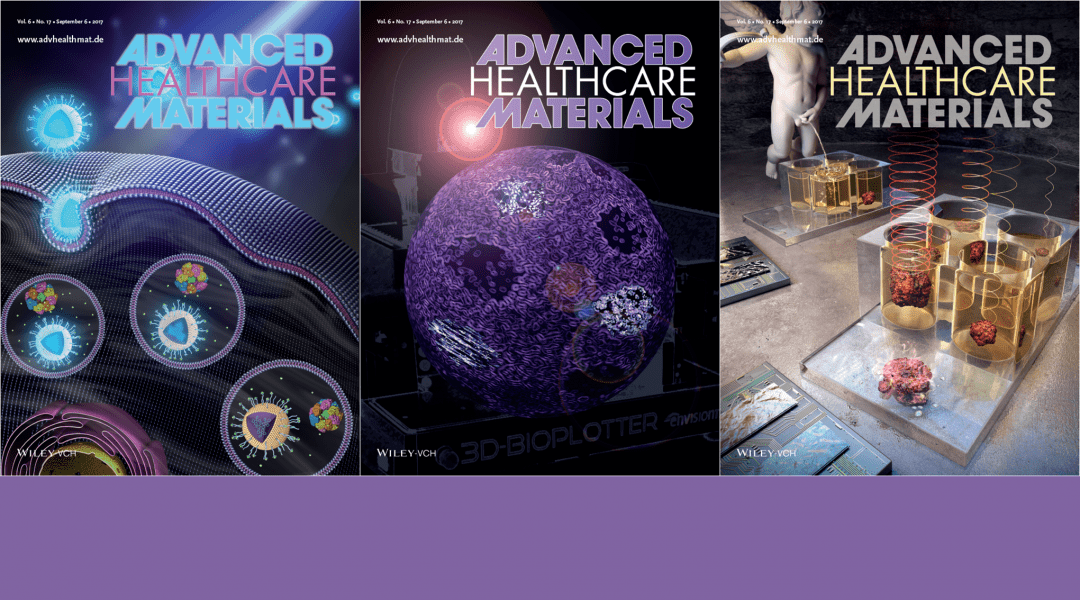
This week’s Advanced Healthcare Materials covers.